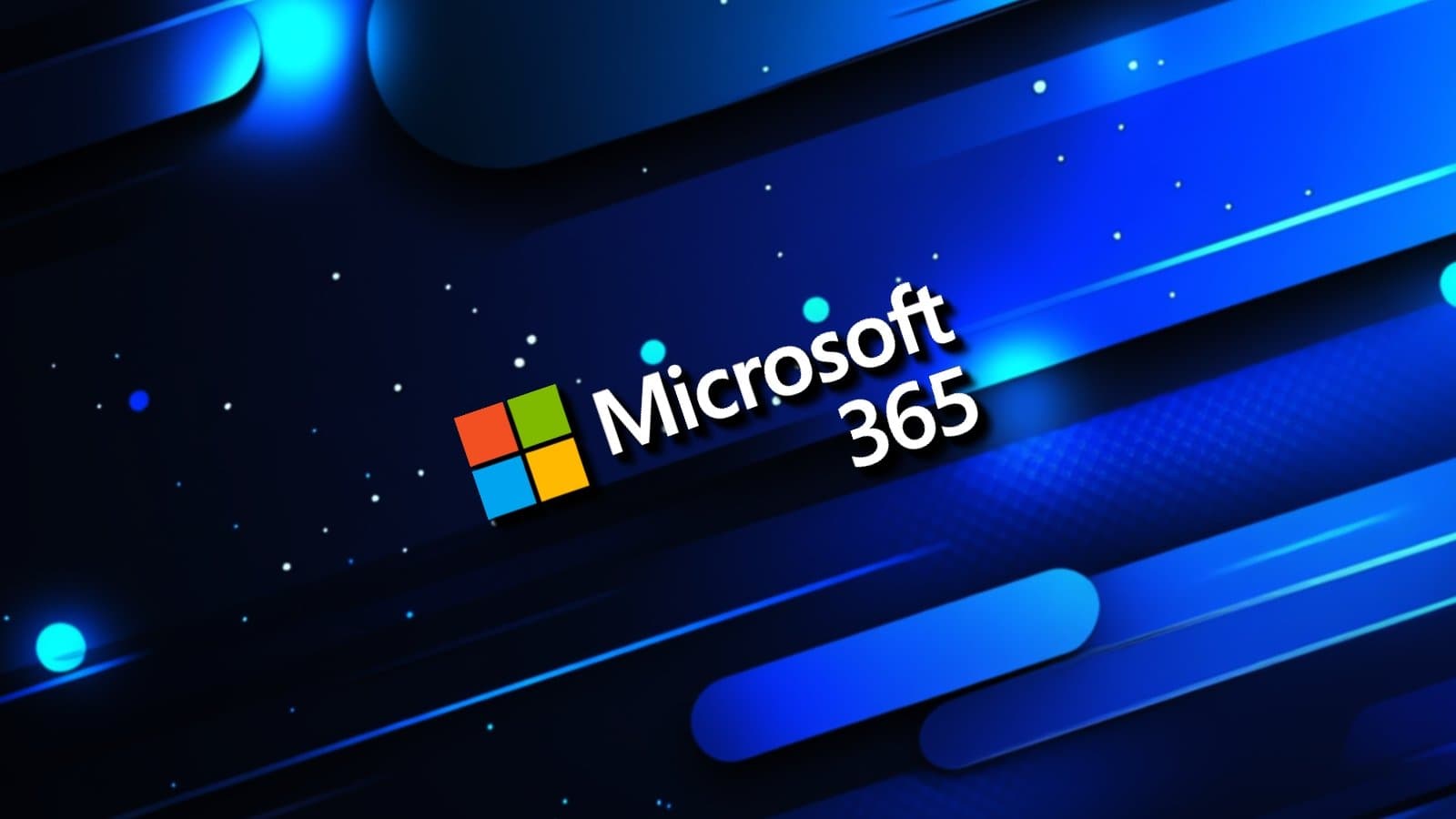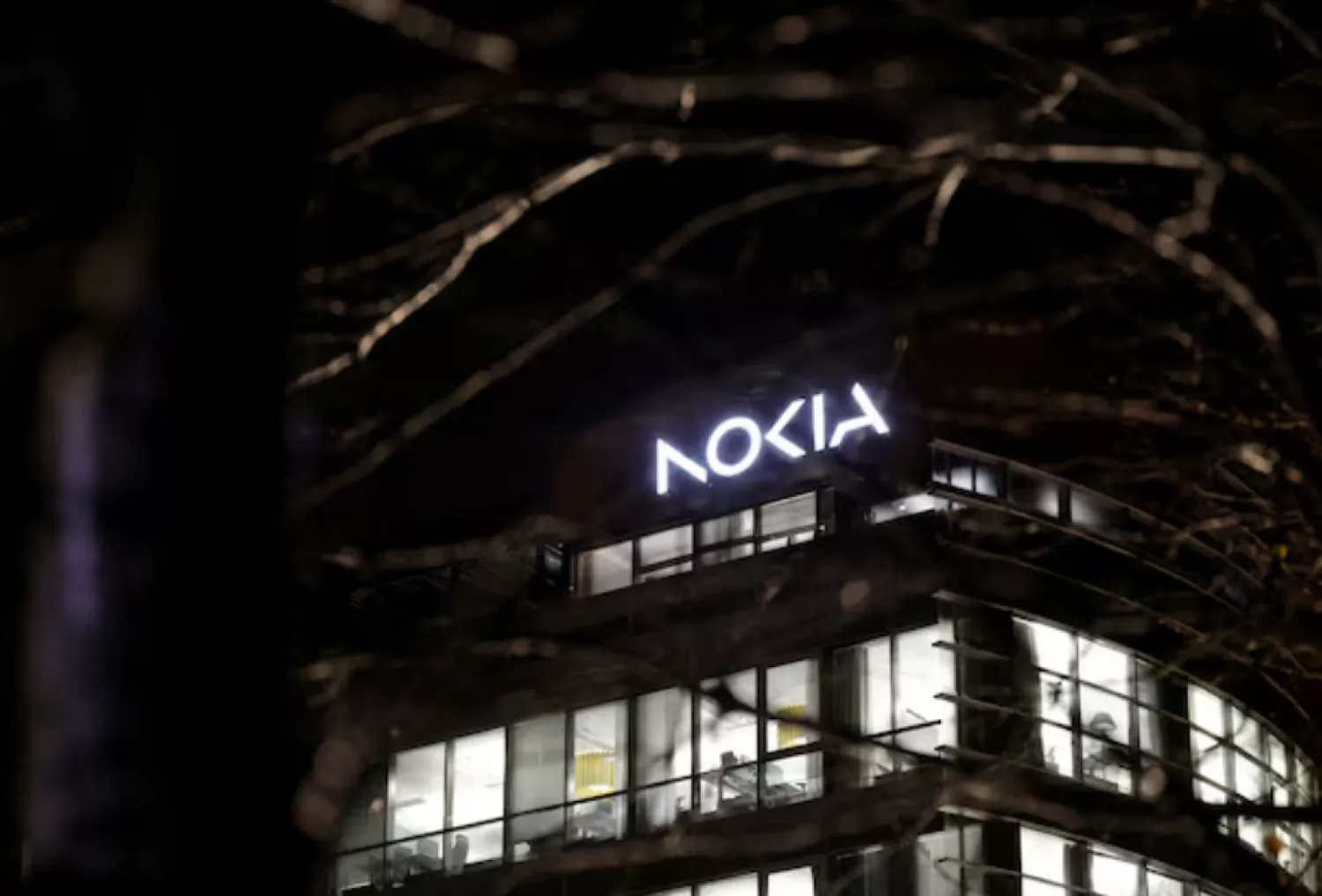Microsoft Gives Students One Year of Copilot and Microsoft 365 Personal
Microsoft announced a limited promotional program granting students and educators free access to Microsoft Copilot and Microsoft 365 Personal for 12 months, with enrollments accepted through November 30. The move aims to accelerate classroom adoption of AI powered productivity tools, but it raises questions about equity, privacy, and costs after the trial ends.

Microsoft announced on November 20 that it would offer students and educators free access to Microsoft Copilot together with Microsoft 365 Personal for a 12 month period, provided they enrolled by November 30. The company communicated the promotion through its Copilot channels and partner networks, positioning the offer as a push to bring AI assisted drafting, smart scheduling, spreadsheet insights, and automatic slide and summary generation into everyday school workflows.
The program provided temporary full access to Copilot features integrated into Office applications, a move intended to introduce learners and teachers to AI assisted productivity at scale. Microsoft framed the initiative as part of a broader strategy to embed AI assistants into mainstream software, and to cultivate longer term engagement among younger users who may continue as subscribers beyond their academic years.
For educators, the trial opened an opportunity to experiment with AI for lesson preparation, grading support, and classroom management without immediate licensing costs. For students, the tools promised faster drafting of essays and reports, assistance with data analysis in spreadsheets, and automated slide creation for presentations. Schools that chose to participate gained a window to evaluate both pedagogical benefits and practical deployment issues.
Despite the potential advantages, the program also highlighted a set of practical and ethical concerns. Temporary access carries uncertainty about the cost of continuing service once the promotional period ends, an important consideration for families and institutions budgeting technology expenses. Questions about equitable access surfaced as well, since eligibility requirements and a short enrollment window could leave some students and teachers unable to sign up in time.
Data privacy and student protection emerged as another focus. As AI assistants ingest user text and document data to generate outputs, school administrators and parents will need clarity on how student data are collected, stored, and used for model improvement. The campaign may prompt school districts and regulators to scrutinize contractual terms and data handling practices more closely.
The program also intensified debates about academic integrity and pedagogy. Teachers must decide how to incorporate AI assistance without undermining learning objectives, and districts will likely need policies that define acceptable use within assignments and assessments. Professional development for educators will be critical if schools are to make informed choices about integrating AI into curricula.
Microsoft’s limited enrollment window made the promotion a fast moving test of both demand and operational readiness in education systems. If many institutions opt in, the short trial could accelerate AI literacy and change classroom norms rapidly. If uptake is uneven, the episode may instead underscore disparities in readiness and access.
As schools evaluate the trial, their choices will shape how AI tools are adopted in education and how technology companies position subscription services to younger cohorts. The outcome will matter not only for classroom productivity, but for longer term relationships between students, educators, and the platforms that increasingly mediate teaching and learning.


